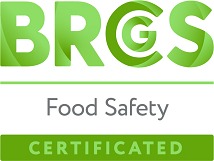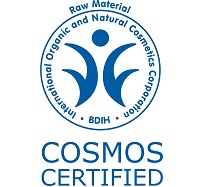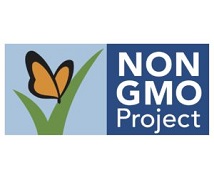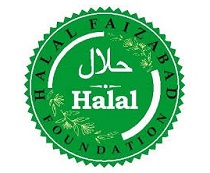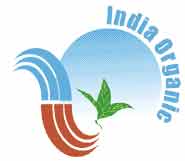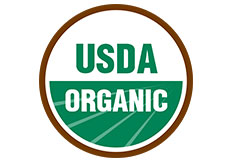
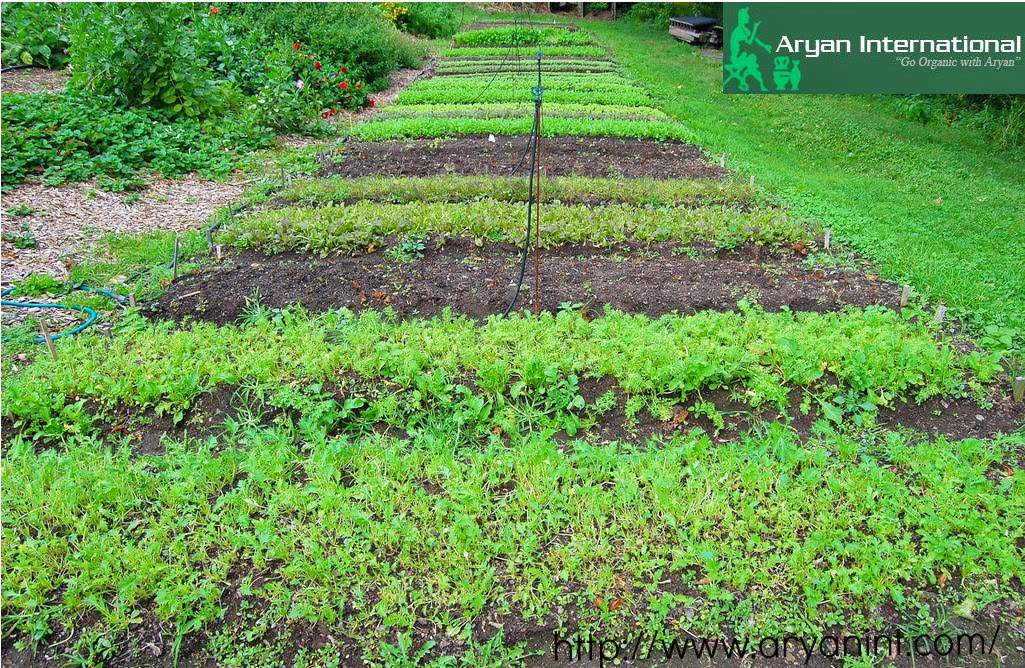
Concept and issues with Organic Agriculture
Organic Agriculture implies the application of agronomic, biological and mechanical methods of production in place of the use of synthetic chemical inputs. It also includes better land husbandry” techniques such as soil-conservation measures, crop rotation and the use of green manure, instead of slashing and burning.
The primary goal of organic agriculture is to optimise the health and productivity of Interdependent Communities of Soil life, Plants, Animals and People.
Organic agriculture” is not limited to certified organic farms and products but also includes all productive agricultural systems that use natural processes, rather than external inputs, to enhance agricultural productivity. Organic farmers adopt practices to conserve resources, enhance biodiversity, and maintain the ecosystem for sustainable production. This practice is often but not always oriented towards the market for food labelled as organic.
Agronomic Performance:-
Comparisons of the performance of organic and conventional agriculture systems are meaningful only when made over an intergenerational period of time in order to assess the continued capacity of natural resources to sustain agriculture. High yields in non-organic systems are often exploitative systems that degrade land, water, biodiversity and ecological services on which food production depends.
Most comparisons of the efficiency of alternative production systems focus merely on the gross yield of marketable commodities. Farmers usually experience a decline in yields after discarding synthetic inputs and converting their operations to organic production. After the agro-ecosystem is restored and organic management systems are fully implemented, yields increase significantly.
All agricultural management systems that apply ecological approaches but which make use of some synthetic inputs or genetically modified organisms are obviously excluded from the organic category.
Developing countries are important suppliers of organic commodities. They, however, need to establish that they conform to the standards and rules of the importing developed countries. Suppliers to multiple markets may need to carry several such certifications: standards accepted in Sweden may not be recognized in the United States or Japan, and vice-versa. In countries where recognized domestic facilities are lacking, suppliers often must hire foreign inspection and certification bodies; in many instances, this is prohibitively expensive. Given that a certain part of certification is a fixed cost, certification costs take a higher percentage of earnings of smaller units. Smallholders in developing countries have little chance to export certified organic products without active government support for inspection and certification. Alternative control systems for small holders are however developing in order to ensure quality assurance without depending totally on foreign inspectors and certification bodies.
Many developing countries require external technical assistance to build the capacity for technical, organizational, and legal skills needed to establish reliable certification and accreditation programmes. Some certification bodies become accredited by the importing country. This requires educated, trained personnel and administrative structures. International equivalence of various national organic standards will reduce the administrative overhead, improve public-sector relations with private certifiers and traders, and eliminate redundant certification. This bureaucracy and its attendant cost particularly burdens poor farmers in developing countries. Internationally recognized accreditation and equivalence will benefit exporting and importing countries alike because it ensures conformity with requirements of importers while recognizing the competence and compliance of the exporters.
Search Products
- Organic Botanical Extract
- Organic Cereals
- Organic Edible Oils
- Organic Emulsifiers
- Organic Essentials Oils & Extracts
- Organic Fatty Acids
- Organic Flours
- Organic Formulations
- Organic Herbs
- Organic Minerals
- Organic Nutraceuticals
- Organic Nuts
- Organic Oil Seeds
- Organic Pulses
- Organic Special Products
- Organic Spices
- Organic Starch
- Organic Vitamins

